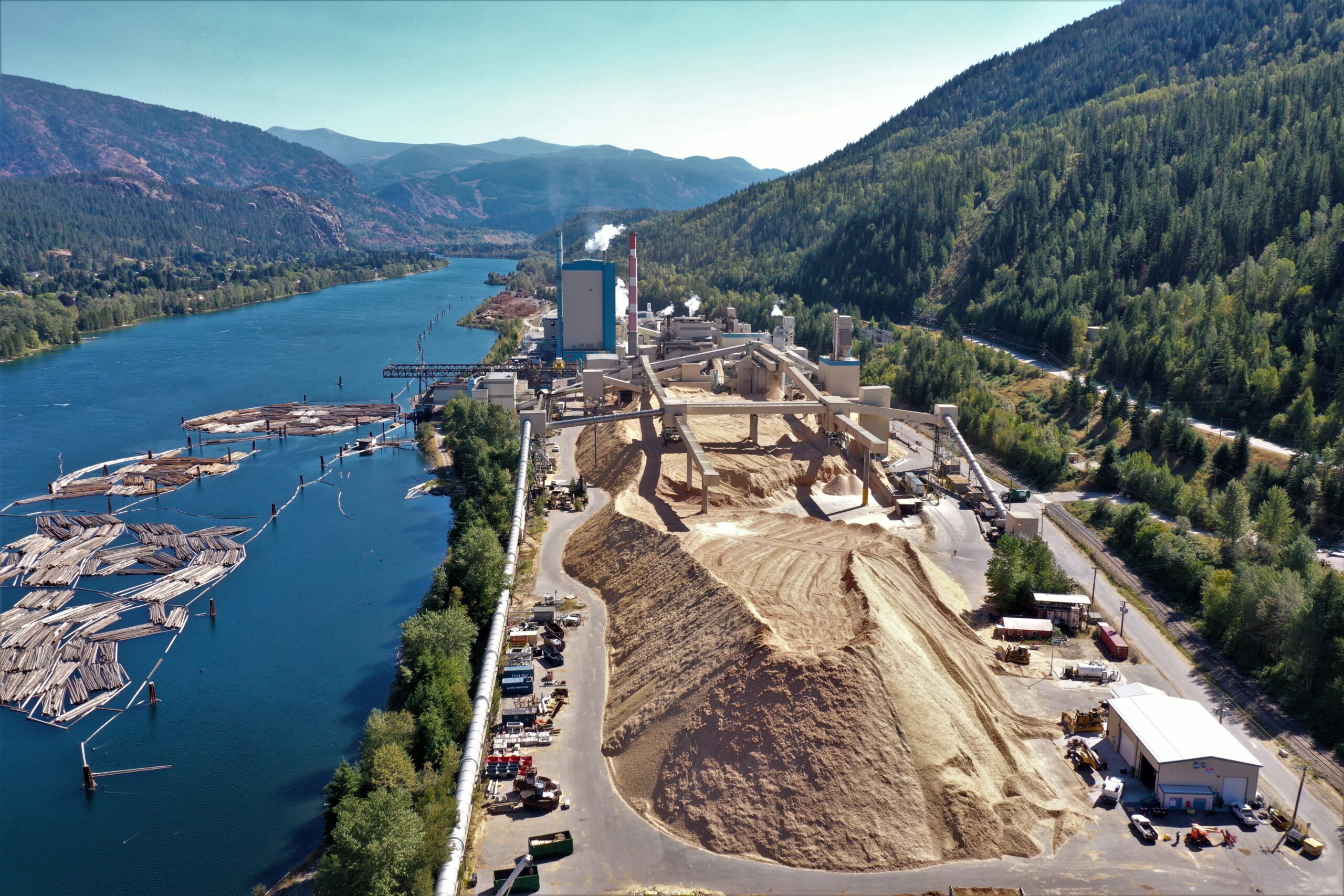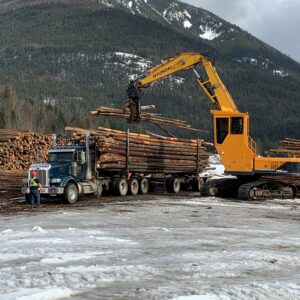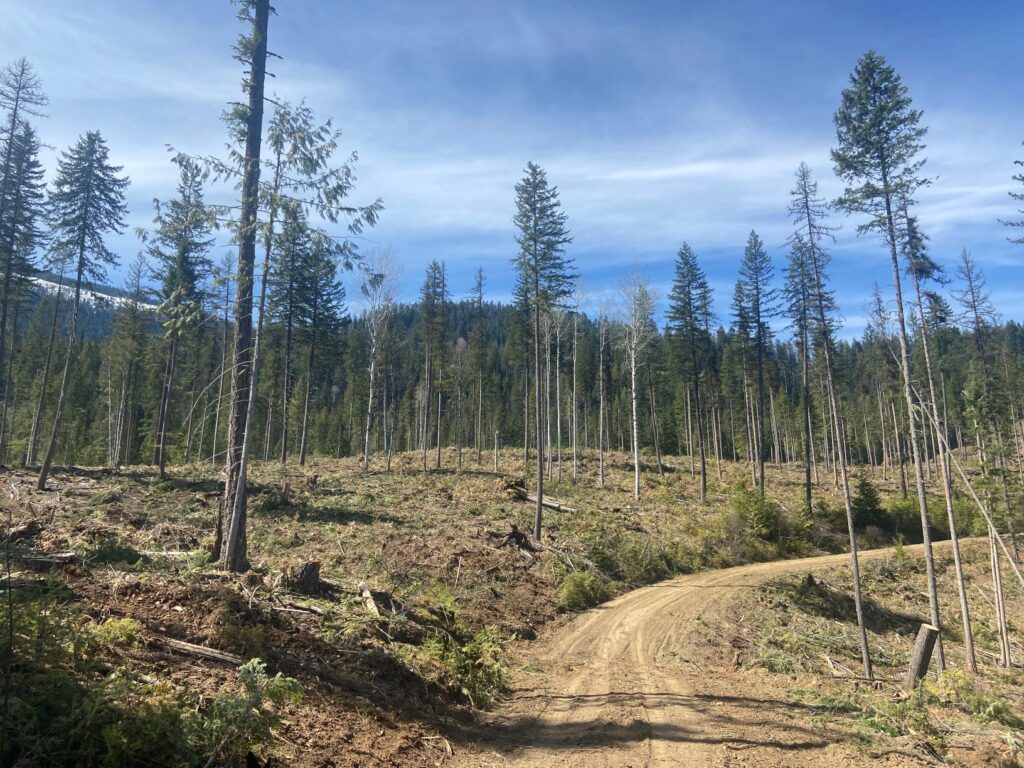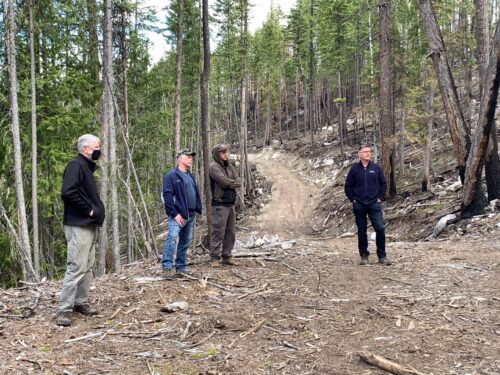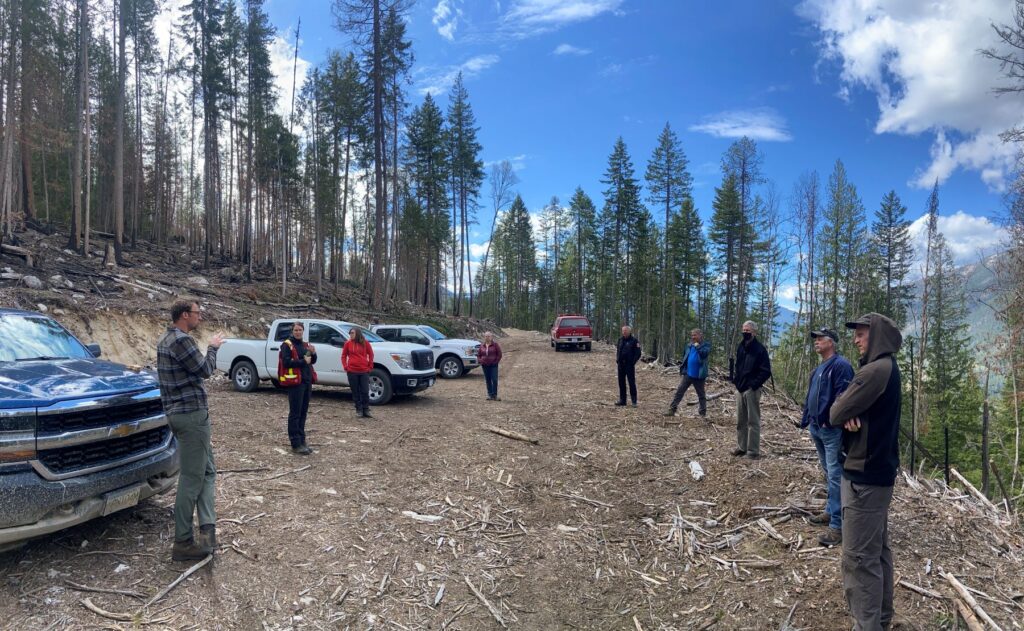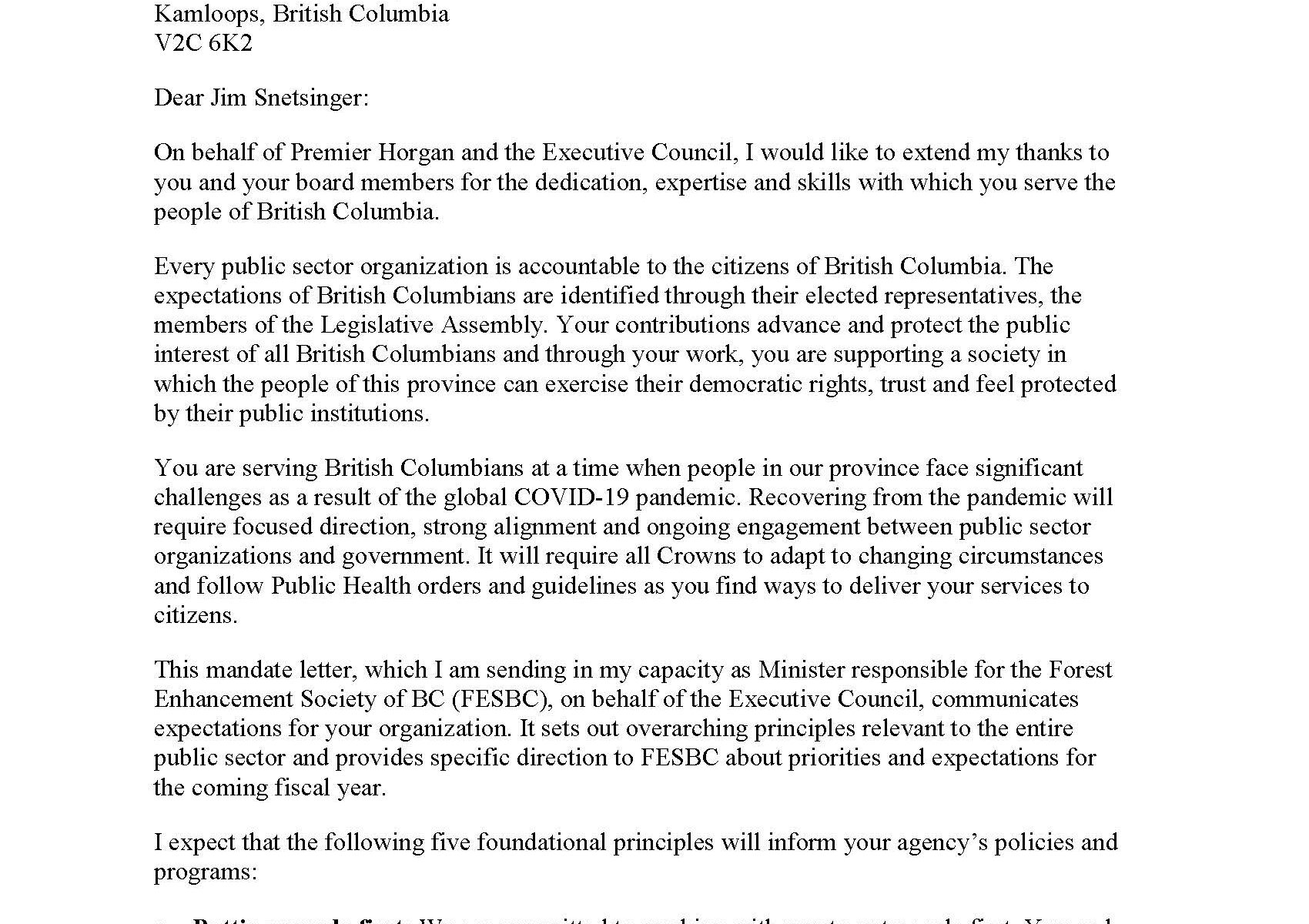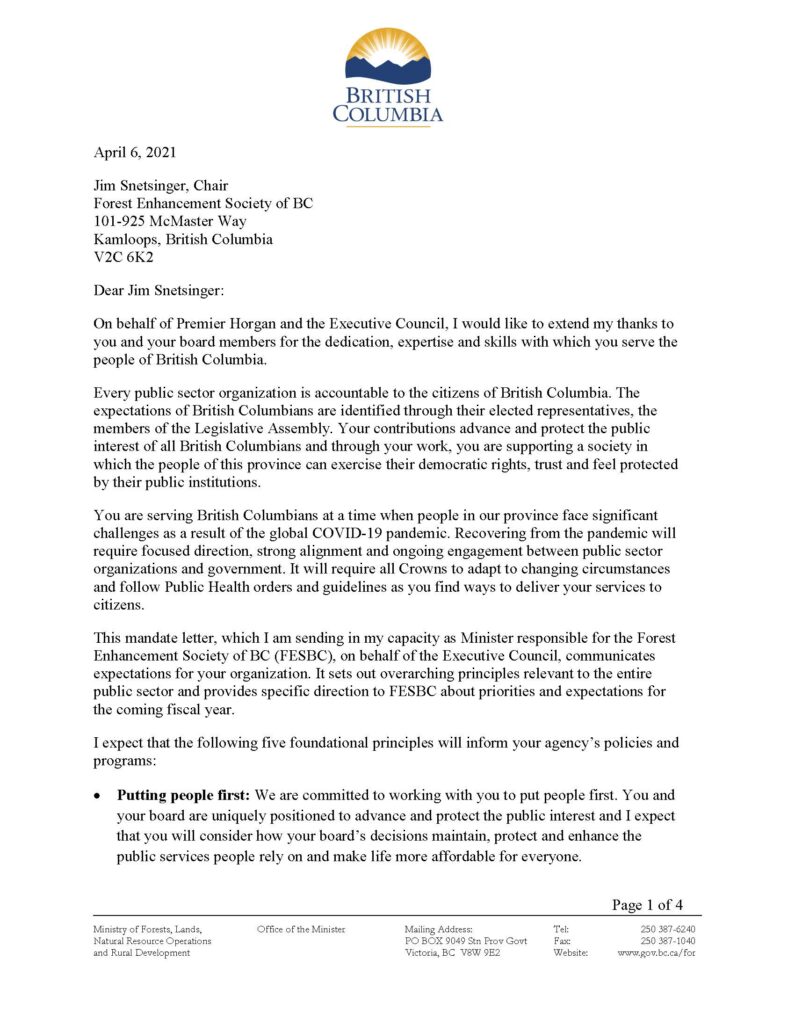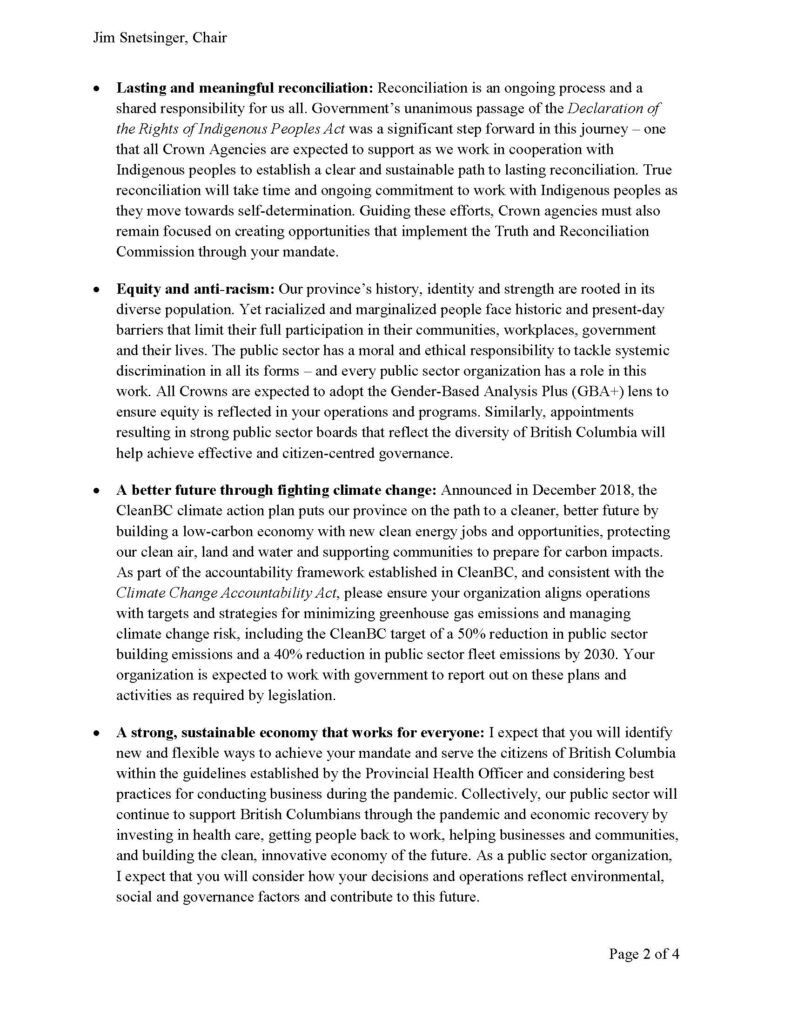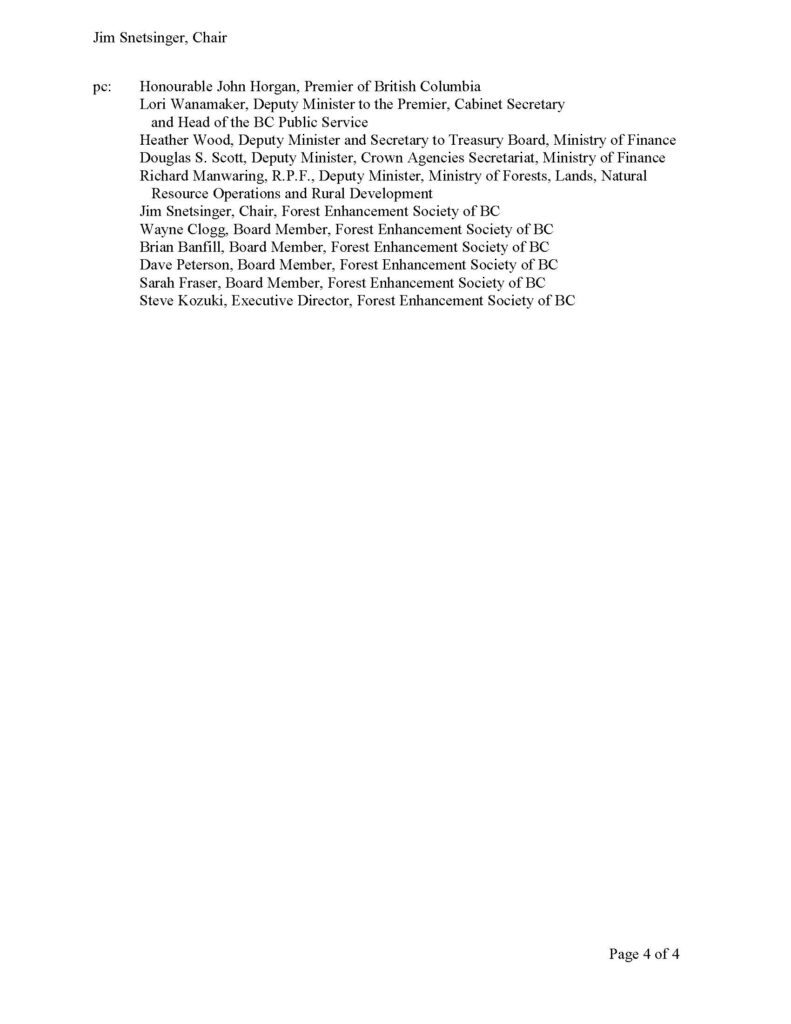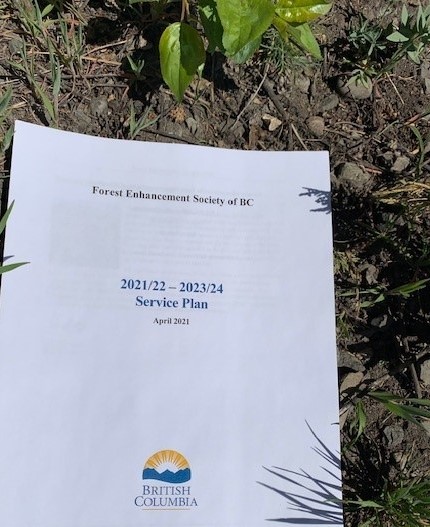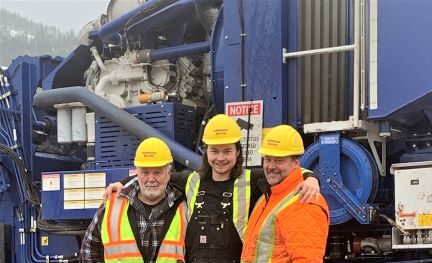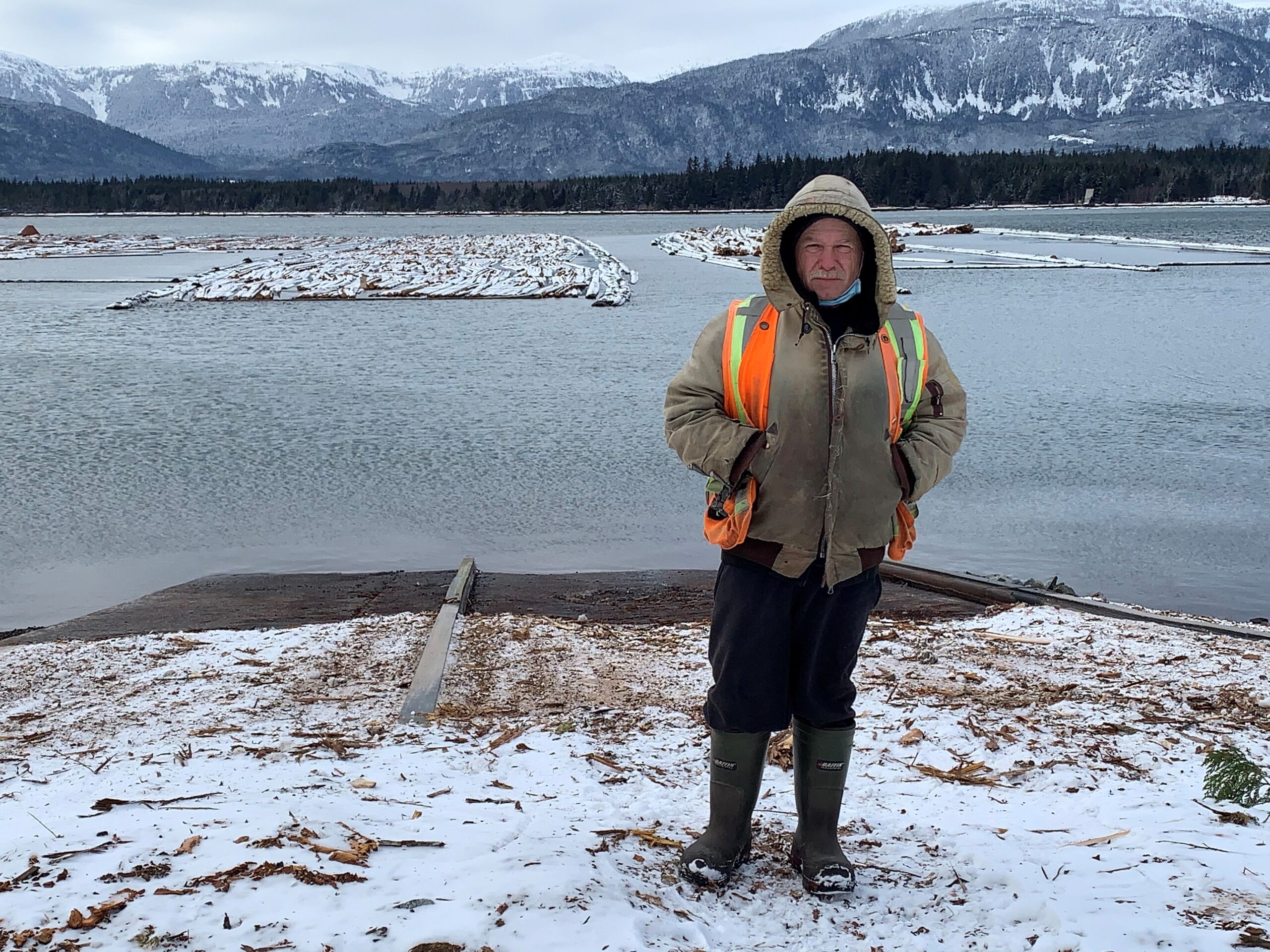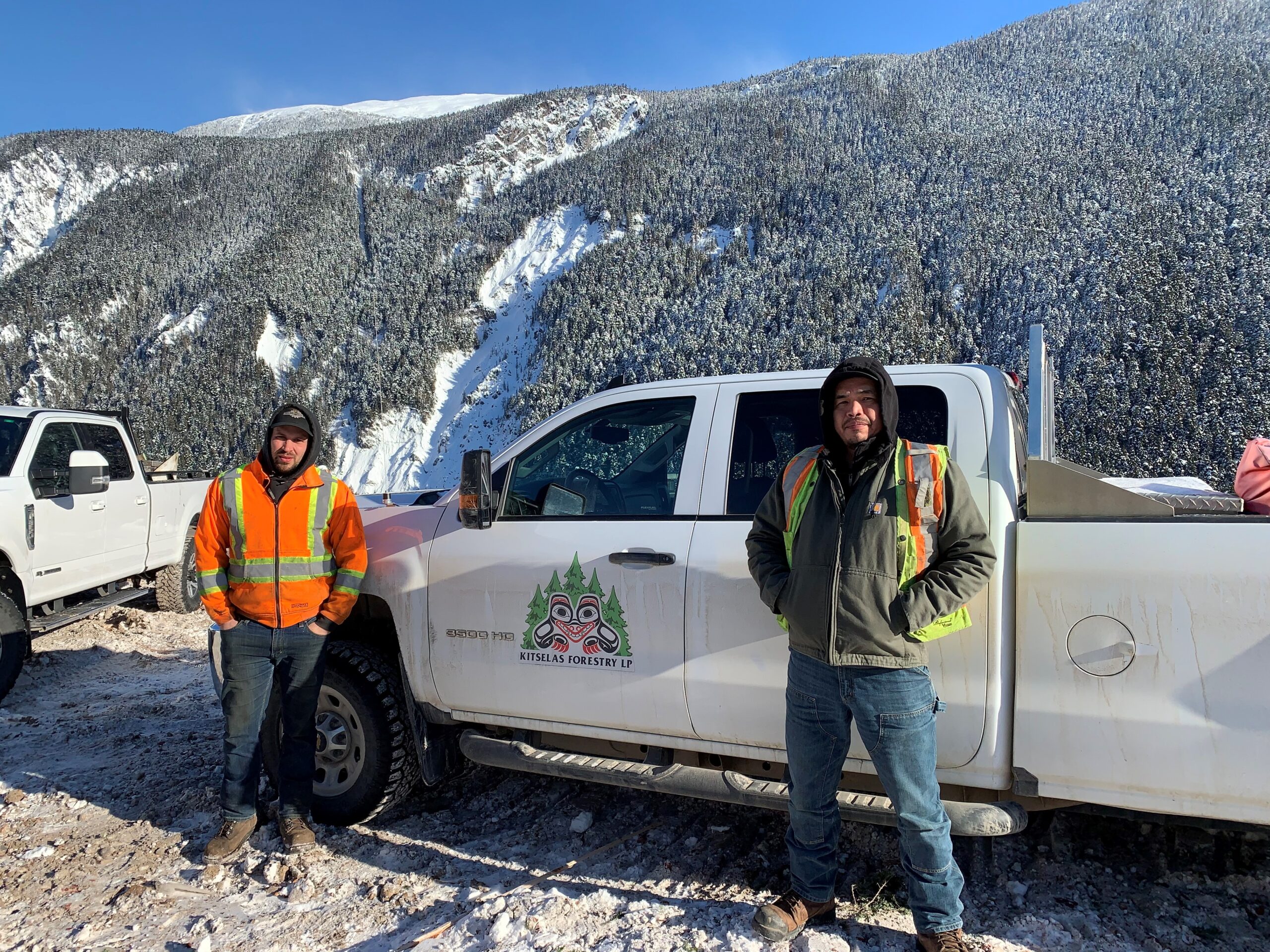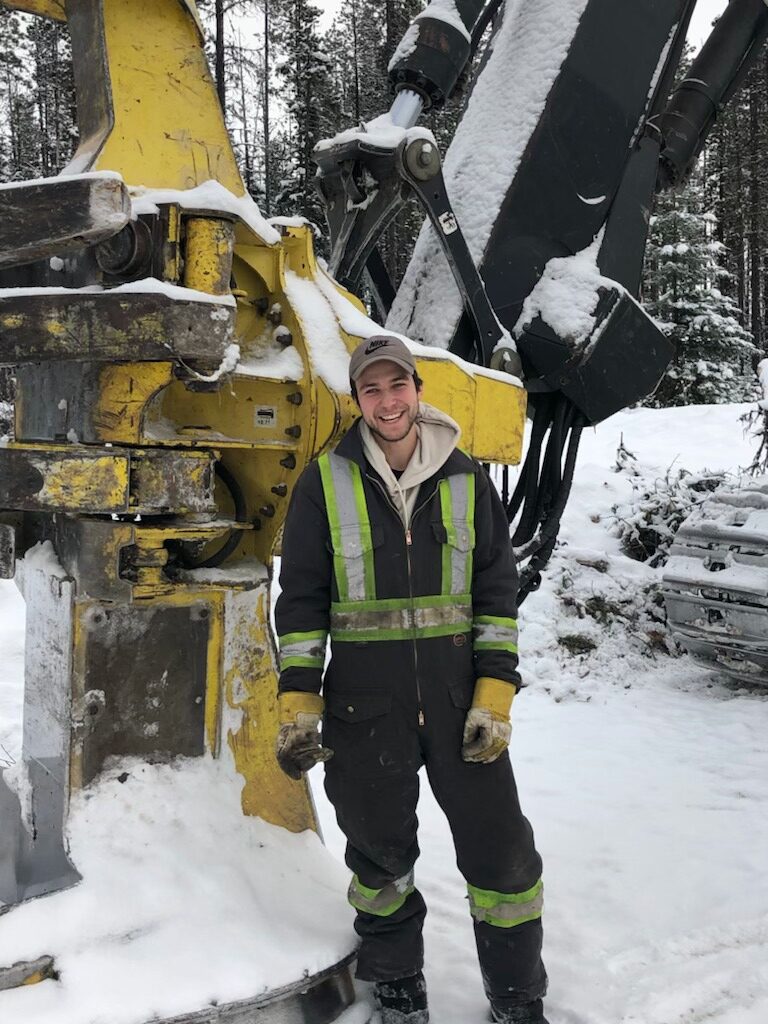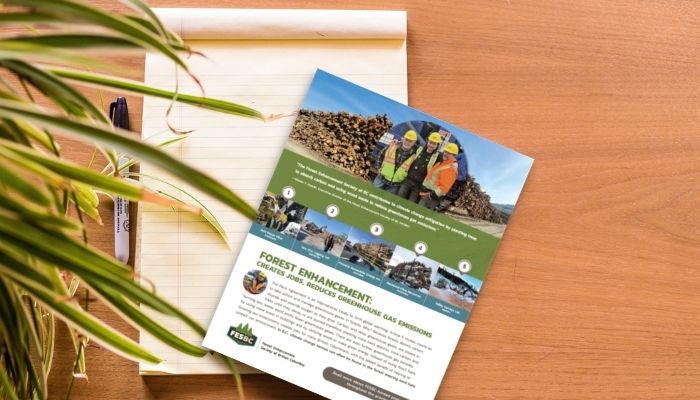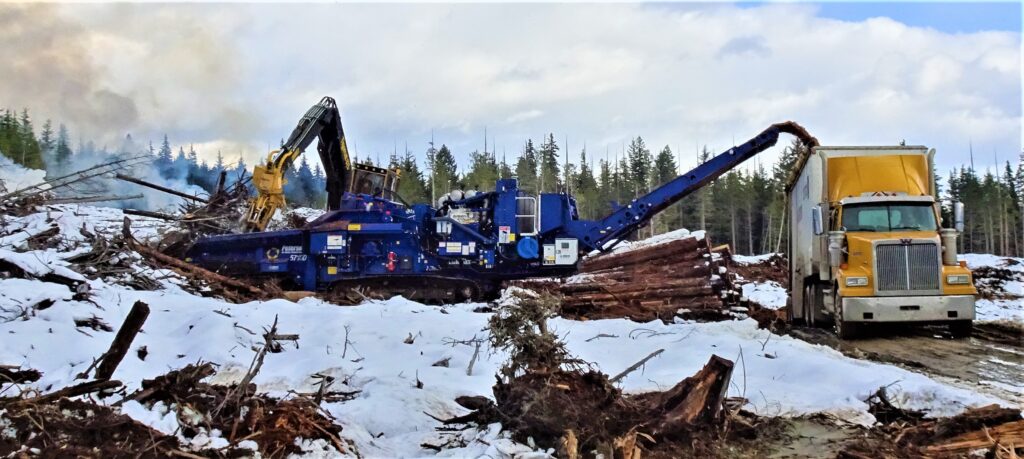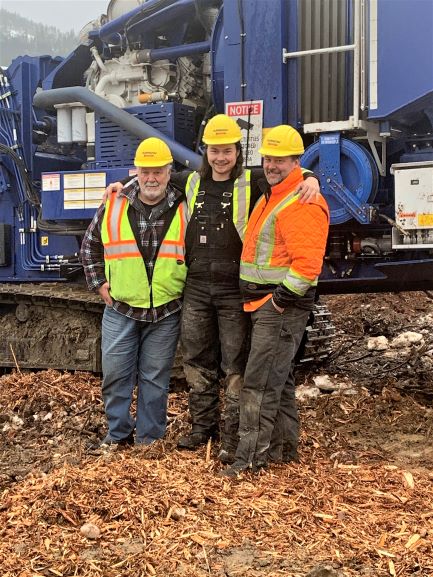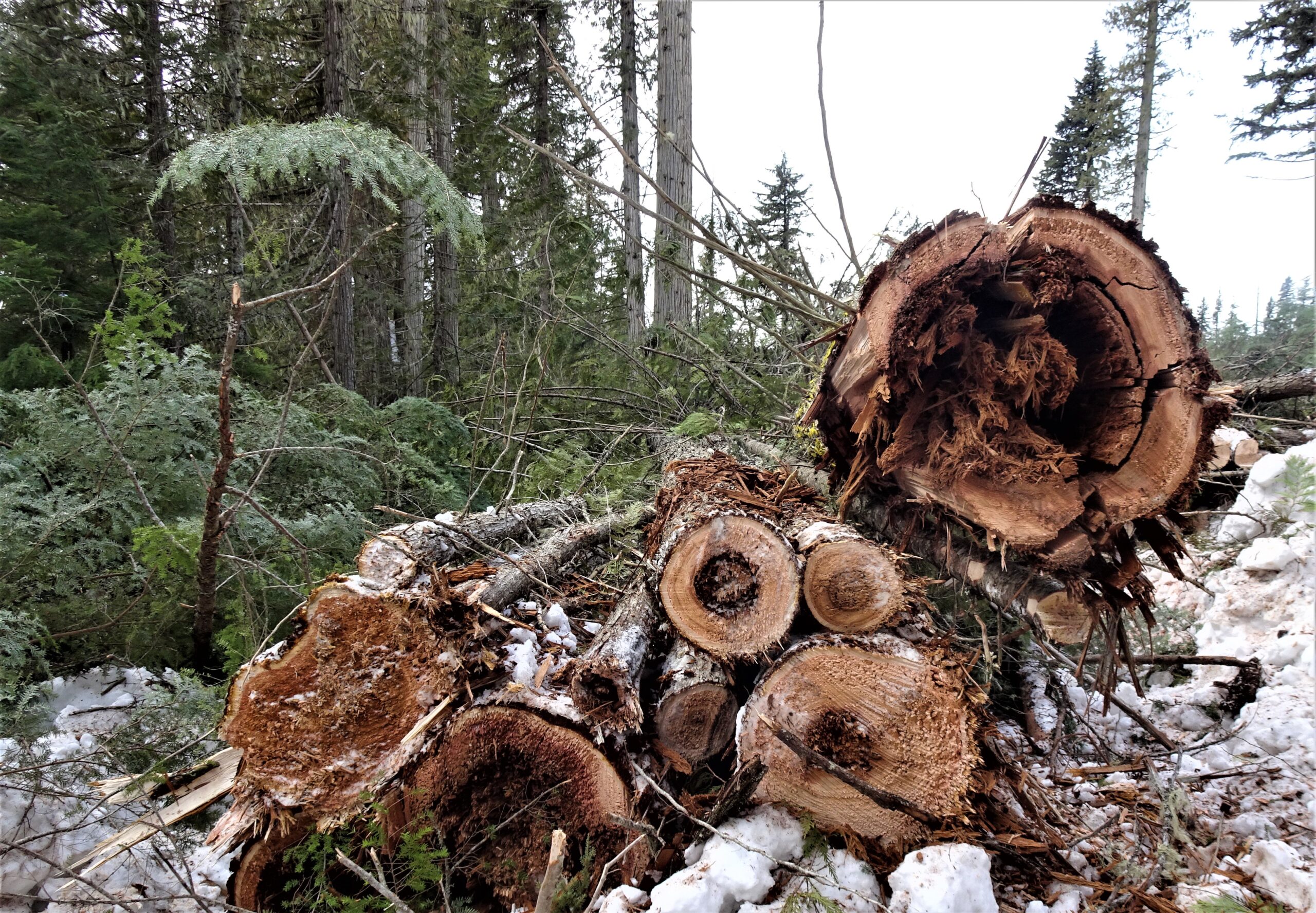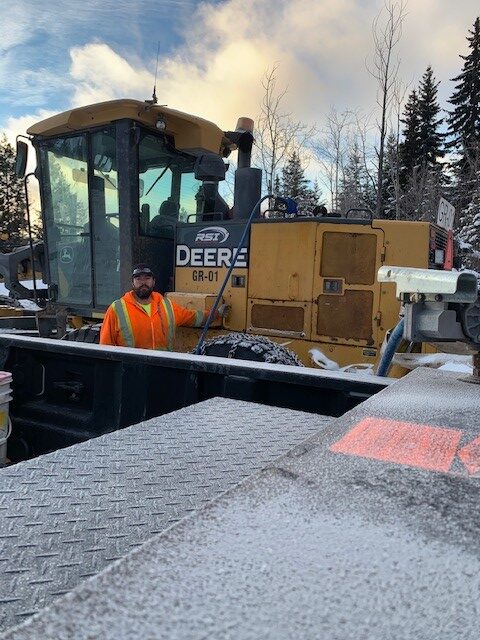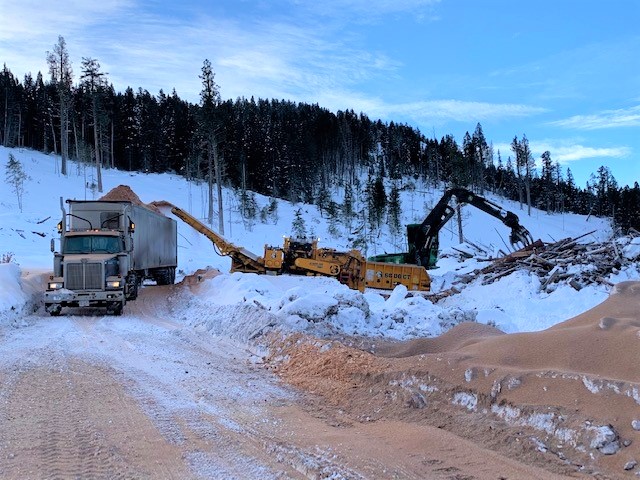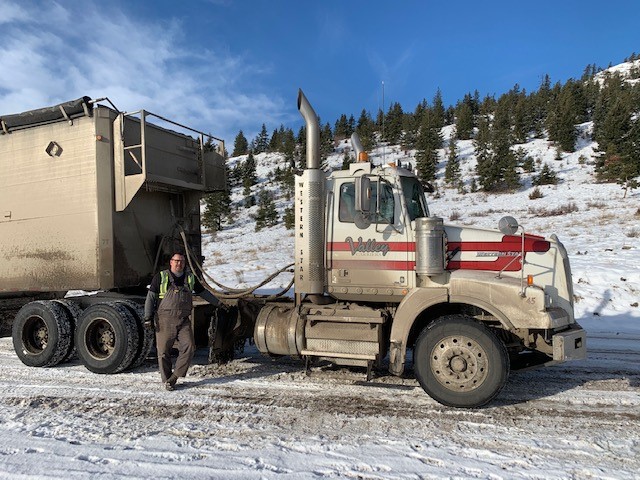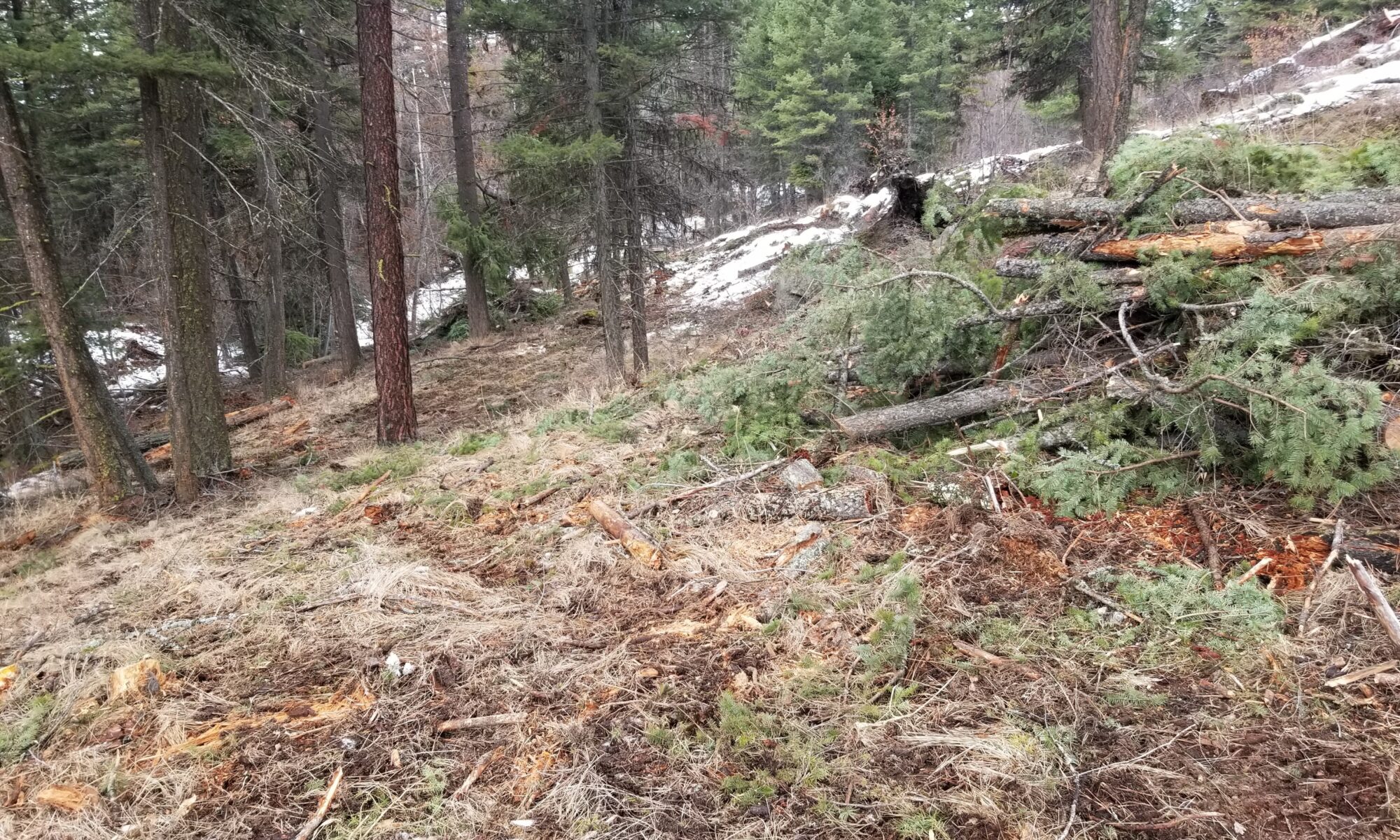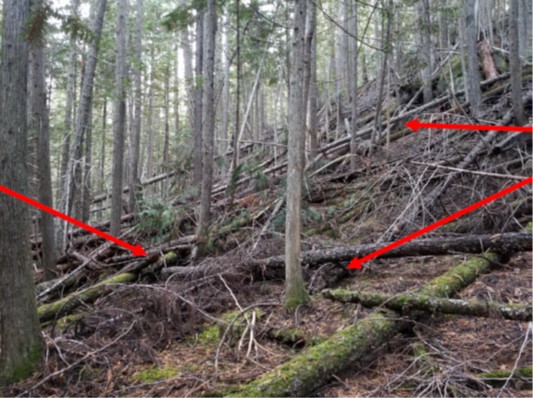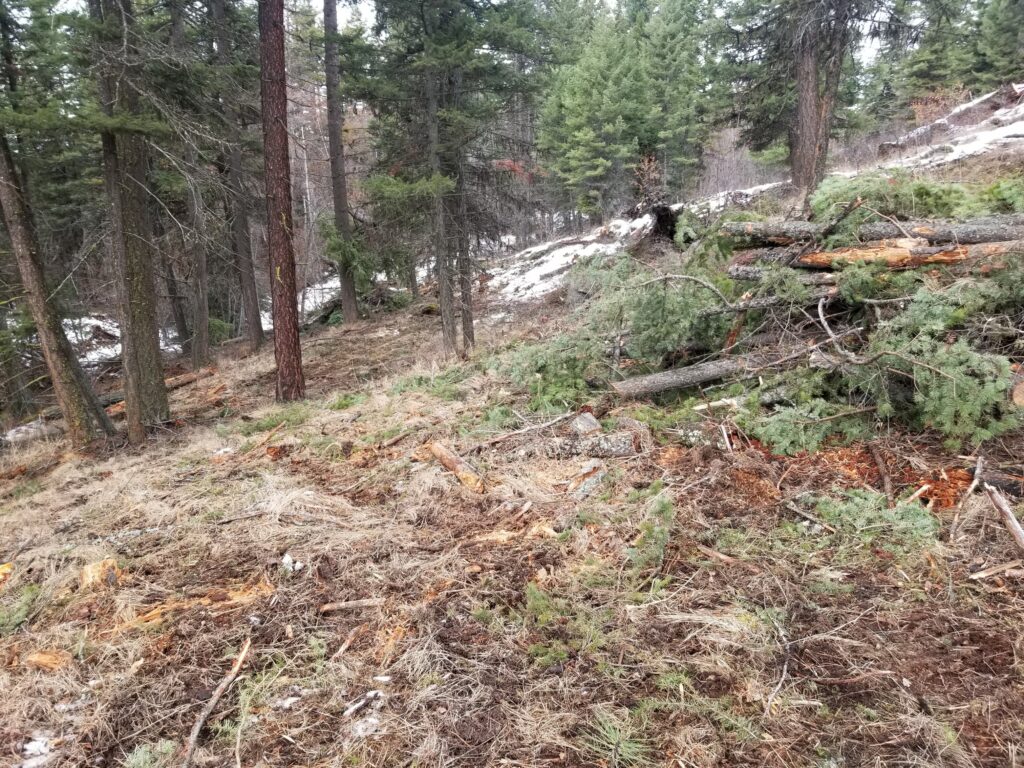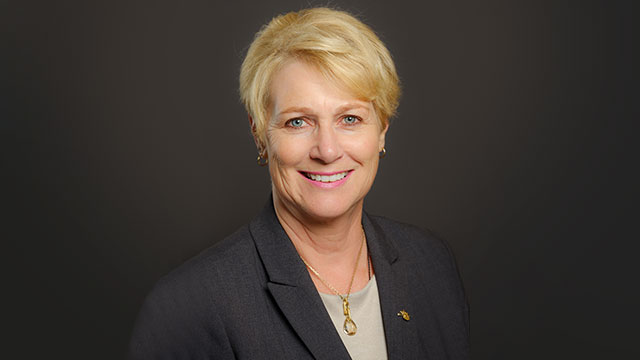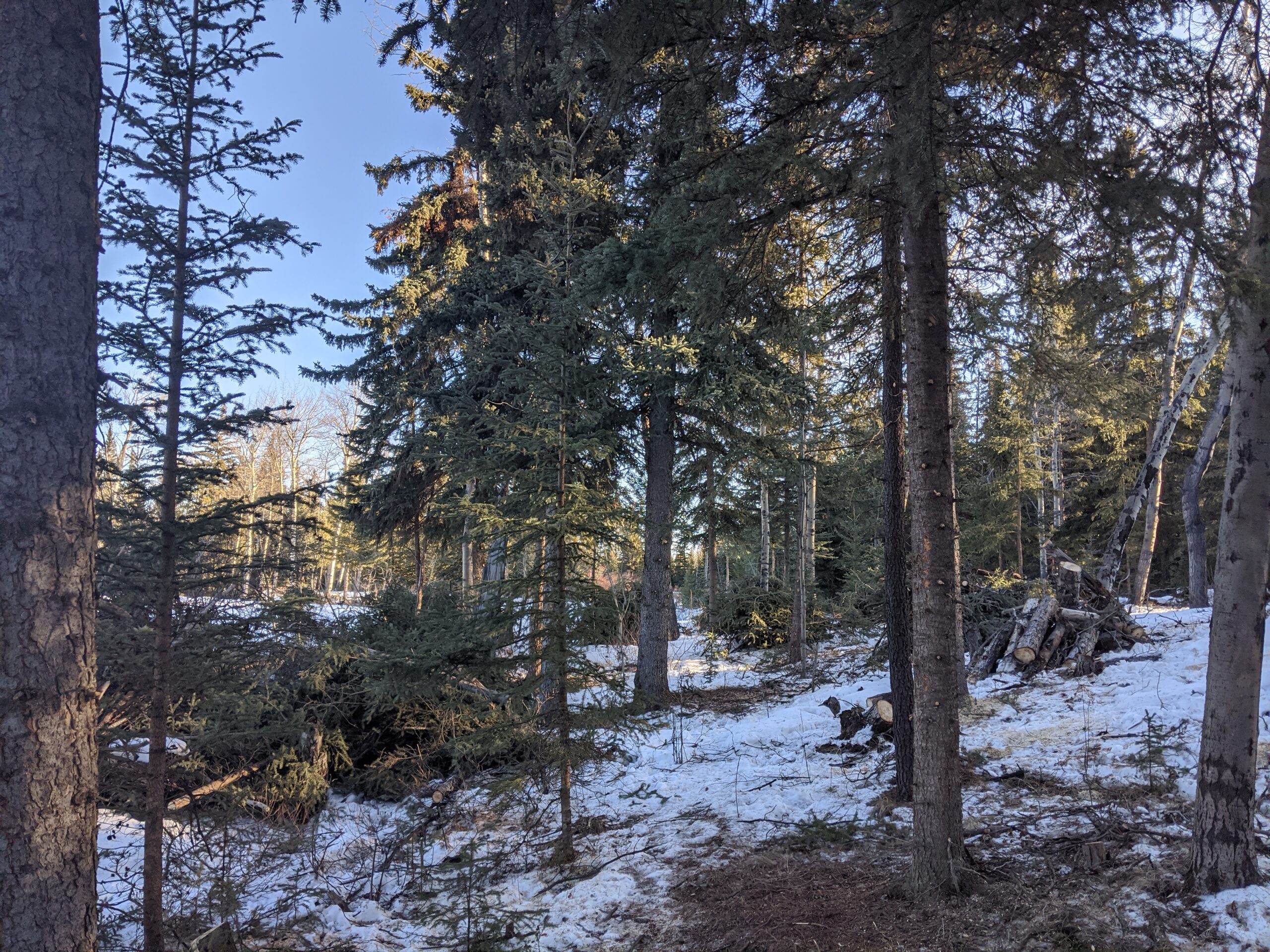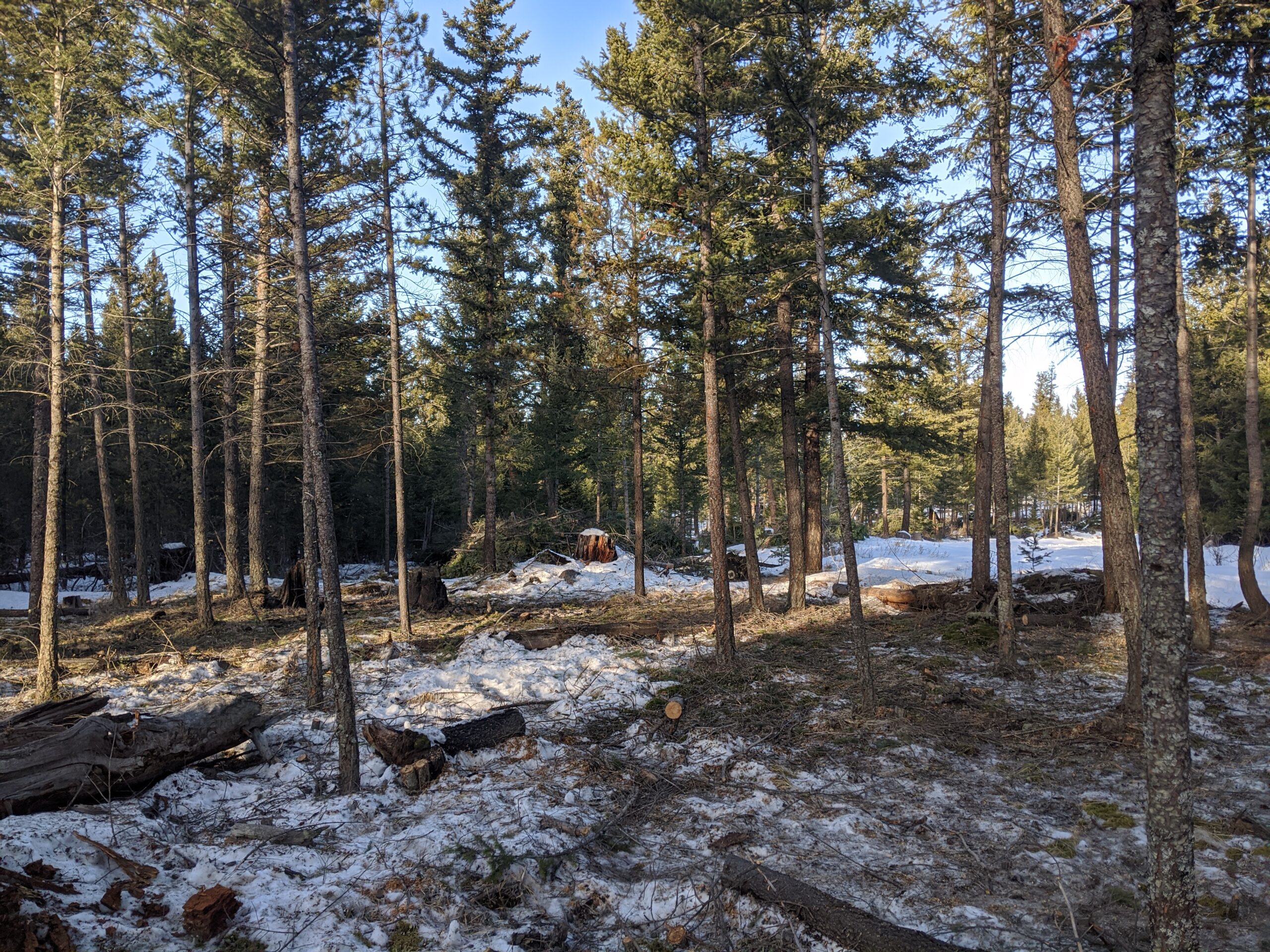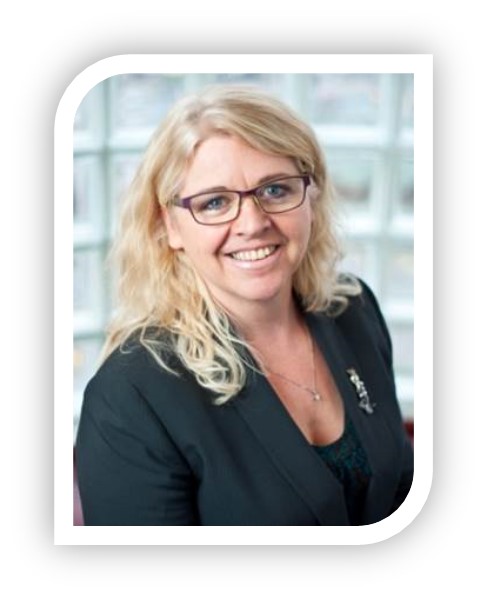BURNS LAKE, B.C.— Over 10,000 hectares of the Chinook Community Forest (CCF) was lost in the 2018 wildfires and the Forest Enhancement Society of BC (FESBC) has provided $800,000 toward revitalizing approximately 300 hectares of the hardest hit stands.
“As a shareholder in the Chinook Community Forest, we are grateful to FESBC for the funding to salvage burned fibre from the devastating wildfires of 2018,” said Dolores Funk, Mayor, Burns Lake. “This project benefits our local economy through job creation and allowing the utilization of fibre that is no longer economically viable.”
The fire reduced the value of the remaining fibre significantly and it was unlikely it was ever going to be economically viable to salvage the fibre and regenerate the site with a new forest. FESBC funding allows for the rehabilitation of this area resulting in the quicker regeneration of a healthy forest.
“The Chinook Community Forest, a partnership between Indigenous and non-Indigenous communities, is committed to good forest stewardship and seeing this forest thriving for future generations,” said Ken Nielsen, General Manager, CCF. “This is a long-term investment by all parties to get to regeneration.”
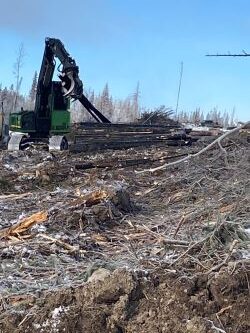
Preparation of Burnt Logs Loading & Hauling 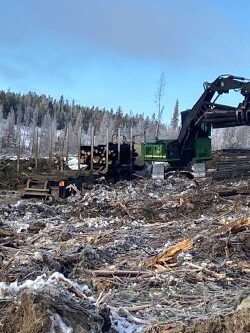
Loading Burnt Logs for Utilization 
Ken Nielsen, General Manager, Chinook Community Forest & Jen Hill, forester, Free Growing Forestry Ltd.
A high level of utilization means there is a long-term carbon benefit by avoiding the fibre being burned in slash piles. The removal of fuel also results in wildfire risk mitigation as there is less available to burn if there is ever another fire in the area.
“We are happy to support this project and bring some hope and opportunity back to the community after the wildfires,” said Gord Pratt, RPF, Operations Manager, FESBC. “It is important to assist with the heavy lifting due to the economic challenges and bring this area back to a green, healthy forest.”
Nielsen agrees. “We were hit heavily. Through this project, CCF, FESBC and other partners pulled together to rebuild from that devastating loss.”
Jennifer Gunter, Executive Director of the BC Community Forest Association, is pleased to see the collaborative efforts as well.
“Community forest tenures give communities the opportunity to steward the land,” said Gunter. “Among the multiple benefits of this project is the fact that it is making the community forest land base more resilient and reducing the risk of more catastrophic fire in the future. Community forest tenure holders are proving to be important leaders in this work. The tenure is a significant asset that helps to make this possible.”
Community forests are “an integral way to manage forests for the long-term sustainability of our region and projects such as these ensure communities are stronger, healthier and safer.”
Dolores Funk, Mayor, Burns Lake
CCF has salvaged approximately 100 hectares of the burned fibre last year and plans to salvage anther 200 hectares this year. It was bunch skidded to the roadside where it was then recovered and the sawlog was trucked to various secondary fibre users like a local fence post operation and Pinnacle Pellet, depending on the condition and size of the fibre. This approach meant that all the burned fibre removed from the community forest was utilized.
Tree planting is slated to begin in the spring of 2022 with a company associated with one of the local Indigenous communities.
“It’s really important to fund the reforestation of these areas,” said Clint Lambert, Director of Electoral Area E. “The trees originally growing there were not big enough to produce cones yet, which means the area didn’t naturally reforest itself after the fire. We have lost a lot of fibre and therefore jobs, so it’s nice to support local companies and help a community get back on its feet again.”
Project Partner

For information on/or an interview with Chinook Community Forest regarding this project, contact:
Ken Nielsen, General Manager, Chinook Community Forest, 250.692.0630, Ken.Nielsen@chinookcomfor.ca.
For information on/or an interview with FESBC regarding this project, contact:
Gord Pratt, Operations Manager| gpratt@fesbc.ca | 250.319.1119

